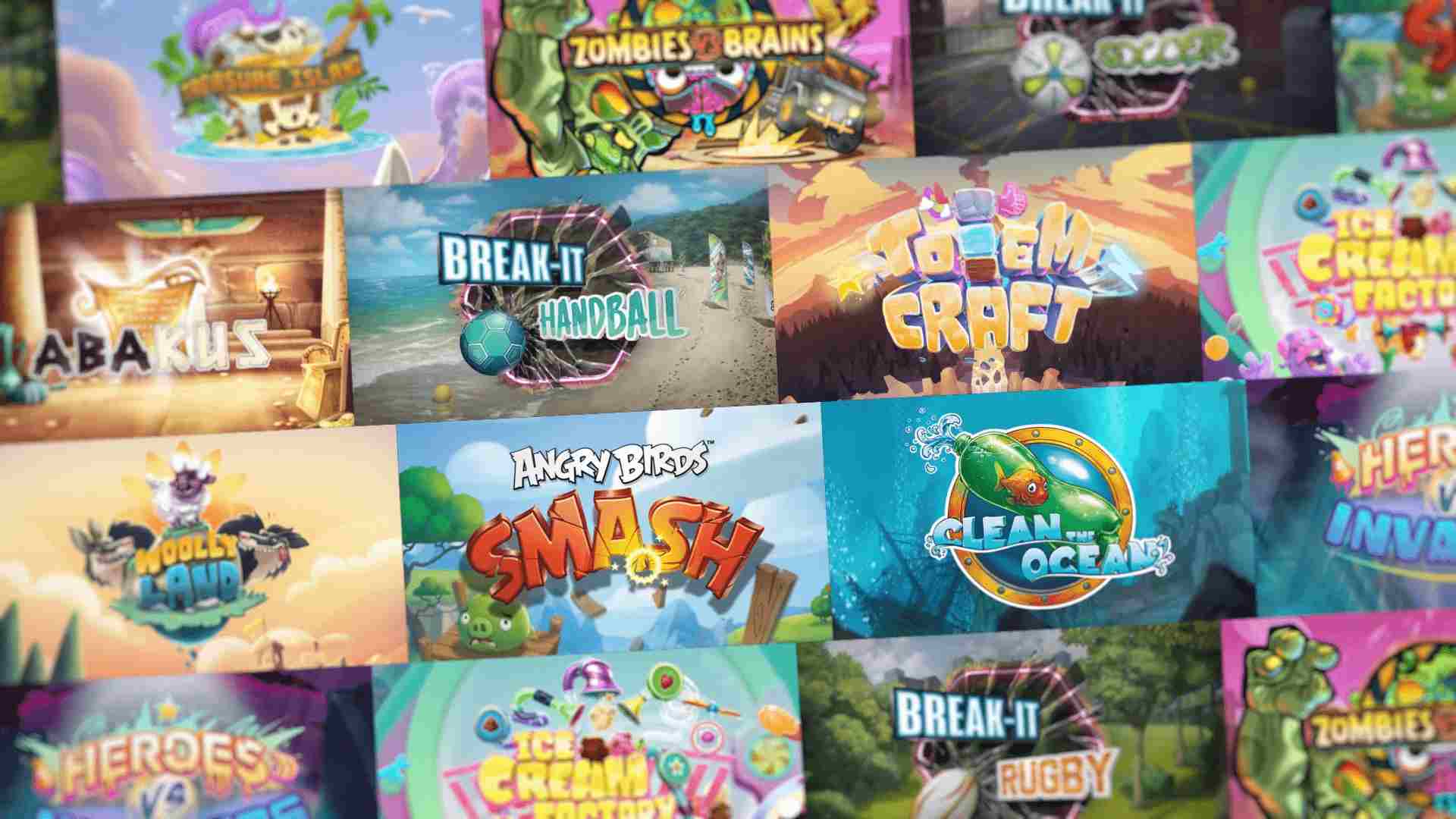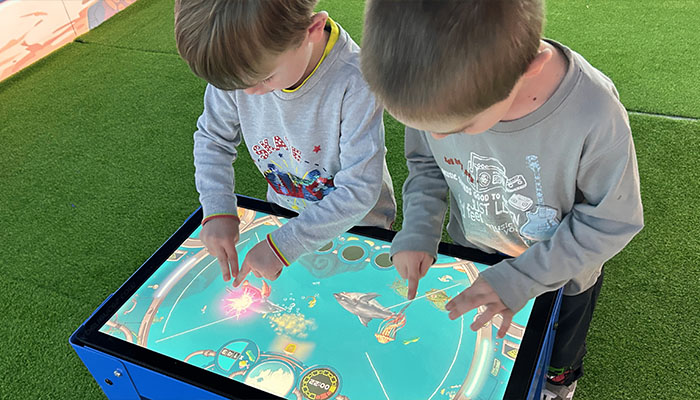What is gamification?
Gamification is the art of integrating game elements into a non-game context. It relies on mechanisms such as challenges, rewards and rankings. This approach stimulates motivation and commitment among participants.
This concept is widely used in education, marketing and wellness, but its application in sport is particularly relevant.
Gamification invites itself into sport to transform the physical experience into a fun and stimulating moment. The addition of objectives, challenges and rewards boosts motivation, whether for amateurs or experienced athletes.
According to a study by Research and Markets, the gamification market is expected to reach $30.7 billion by 2025, illustrating its growing adoption in various sectors, including sports.
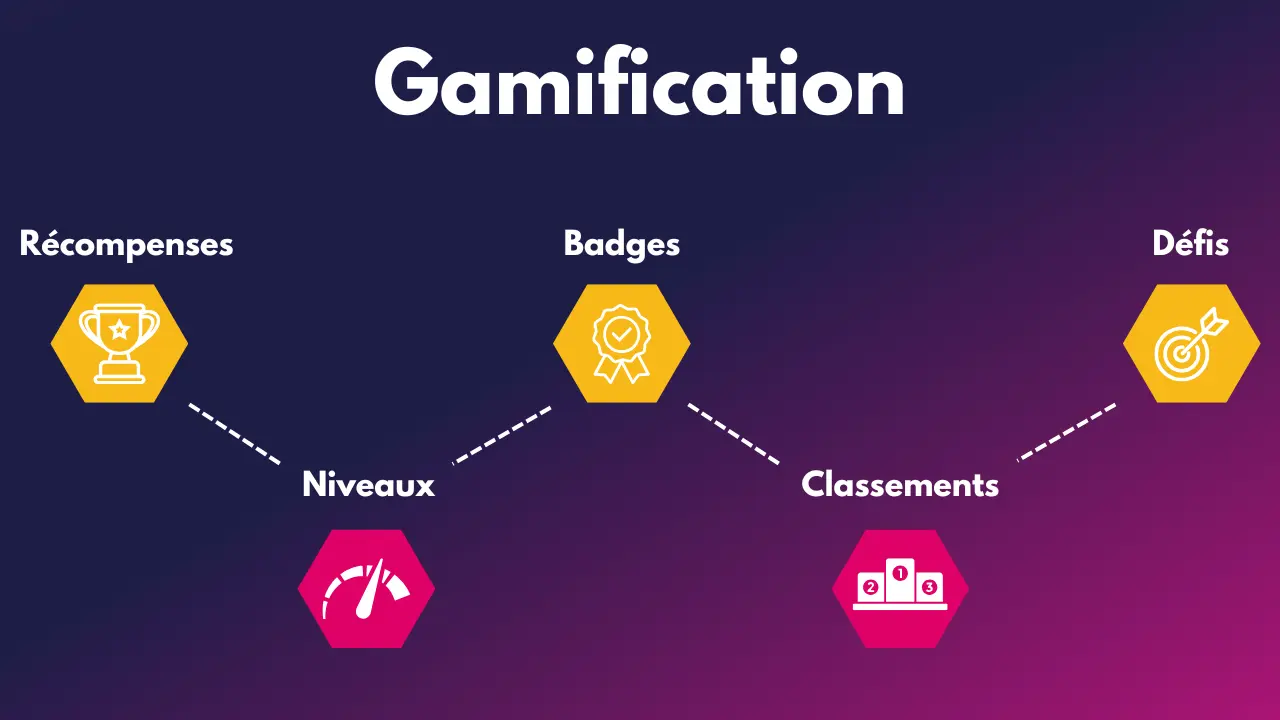
What is gamification applied to sport?
In the field of sports, gamification is based oninteractive and immersive technologies that encourage exercisers to excel. From fitness apps to interactive gym games and performance tracking devices, this approach motivates by transforming physical effort into an engaging experience.
According to a study by the Deloitte consulting firm, individuals using gamification mechanisms in their sports routine are 48% more likely to maintain regular activity.
The benefits of gamification to encourage physical activity
Improved motivation and commitment
The integration of clear objectives, rewards and instant feedback encourages athletes to push their limits. For example, theAmerican College of Sports Medicine shows that user engagement increases by 48% when a gamification system is integrated.
Personalized progress monitoring and target setting
Connected apps and watches enable precise performance tracking, with progressive, personalized goals. This approach enhances users' intrinsic motivation, making them more inclined to go beyond their limits.
Entertainment and sport: sportainment
Sportainment, the fusion of sport and entertainment, is becoming increasingly popular. It transforms the sporting experience into an interactive spectacle, encouraging wider participation. For example, events such as the NBA All-Star Game use game mechanics to get spectators more involved.
Social gaming and competitiveness
Social interaction reinforces sporting commitment, and gamification facilitates this interaction through group challenges, tournaments and rankings. Users engaged in group challenges are more motivated by the competitive aspect and seem to maintain a regular sporting routine.
Some apps or connected watches offer social challenges, enabling users to challenge their contacts, or virtual rewards, such as trophies for personal bests. This approach transforms exercise into an ongoing quest, where every effort contributes to a sense of achievement and progression.
See also our dedicated article on social gaming and its impact
Rankings and challenges encourage members to outdo themselves. Connected gyms now use these systems to boost member involvement.
Sport gamification technologies
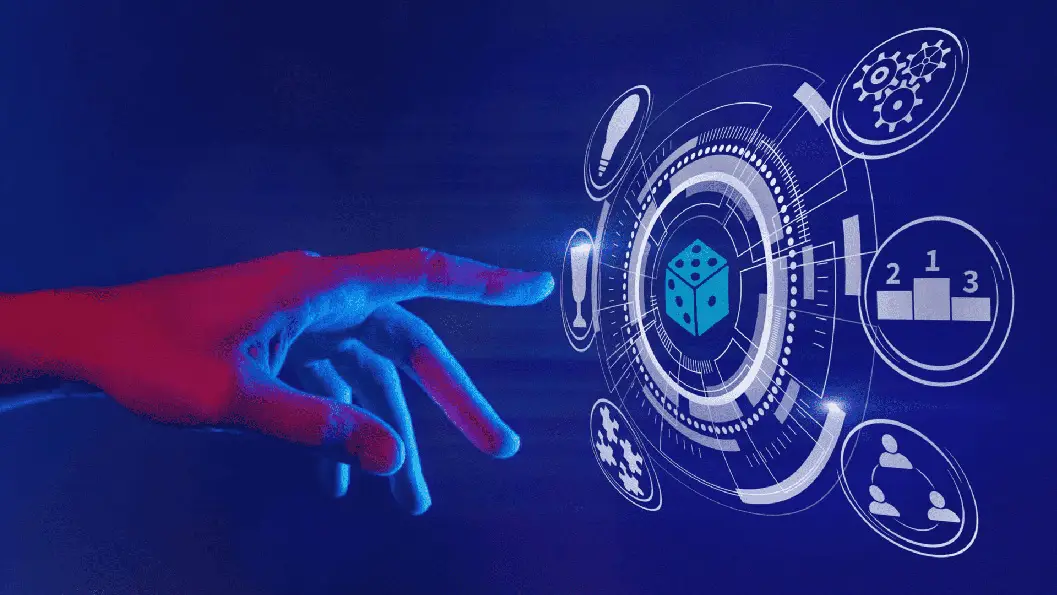
Applications
Sports apps like Nike Run Club, Strava or Zwift transform physical activity into an engaging experience through gamification mechanisms.
These platforms offer personalized challenges, such as distance or time targets, and allow users to measure themselves against friends or a global community via dynamic rankings. For example, Strava rewards performance with virtual badges and titles such as "Local Legend" for the most frequented segments, reinforcing motivation. What's more, these applications often incorporate detailed statistics and progress charts. So with rewarding visualization of efforts, this encourages users to maintain their regularity and push their limits.
Connected watches
Connected watches, such as those from Garmin, Fitbit or Apple Watch, play a key role in gamifying exercise by making training data interactive and motivating.
Connected watches track metrics such as heart rate, calories burned or distance covered in real time, and translate them into playful objectives, such as reaching a daily step count (pedometer).
Interactive walls
Interactive digital wall solutions transform walls into interactive surfaces where users can compete in games of reactivity, precision and reflection. These new technologies revolutionize entertainment and physical activity by transforming flat surfaces into dynamic play areas.
Interactive walls use sensors and projections to create interactive activities focusing on reactivity, precision or coordination. For example, users can aim at luminous targets that appear randomly, or take part in team strategy games, making the exercise both fun and collaborative.
Particularly popular in schools, gyms, leisure centers, indoor parks and trampoline parks, and at sporting events, these walls encourage physical engagement while stimulating thought and creativity, offering a fun alternative to traditional workouts.
Motion capture
Motion capture technologies, such as our Neo-Move solution, enrich the sports experience by analyzing users' gestures and integrating them into real-time interactive environments. These body-tracking-based interactive wall installations transform body movements into game commands, enabling users to hit a virtual ball or navigate a digital obstacle course, for example. This approach adds a playful, immersive dimension to exercise, making every action immediately rewarding.
These systems can provide instant feedback on technique or posture, helping users to improve while remaining motivated by the entertaining side of interaction.
Virtual reality
Virtual reality (VR) is redefining sports training by immersing users in captivating worlds where physical exertion becomes an adventure. Applications such as Beat Saber, where players slice blocks to the beat of music with virtual sabers, or Holofit, which simulates bicycle races in exotic landscapes, combine physical activity and entertainment (sportainement). These experiences exploit VR headsets to create stimulating environments that distract from the sensation of fatigue, making exercise more appealing, especially to those who find traditional routines monotonous. Finally, VR allows workouts to be personalized, offering adapted levels of difficulty and varied scenarios to maintain long-term interest.
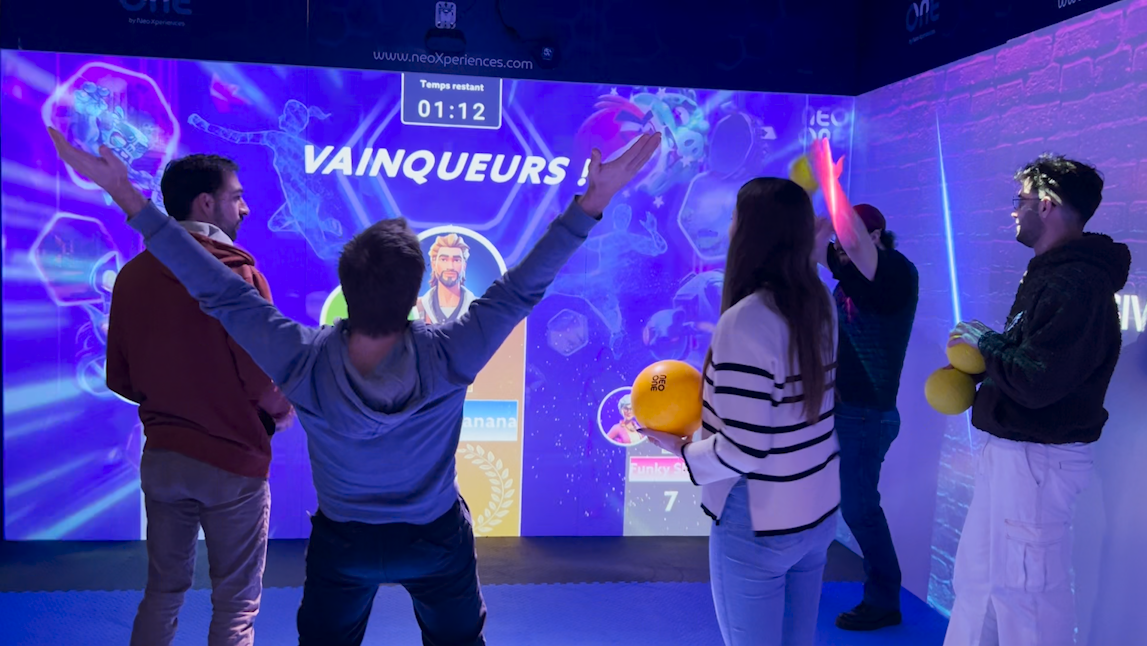
Interactive sports games for leisure areas
Faced with growing competition, indoor leisure parks must constantly innovate to attract and retain visitors. The integration of interactive sports games is an effective response to this need. These immersive experiences, based on technology and movement, offer a new way of practicing physical activity while having fun.
Leisure centers are increasingly integrating interactive sports-related games: throwing games, interactive soccer, connected trampolines and immersive dance (e.g. Just Dance). These attractions not only diversify the offer, but also appeal to a wider audience, from children to adults in search of a fun and dynamic activity.
One of the main assets of these interactive games is their ability to encourage visitors to return on a regular basis. Thanks to renewed challenges, interactive rankings and ever more engaging experiences, leisure park managers can build customer loyalty and prolong the time spent on site. By offering immersive and competitive experiences, these facilities transform sporting activities into a unique form of entertainment, boosting attendance and profitability.
Gamification for sporting events
Sports events are increasingly incorporating gamification to engage audiences and enrich the spectator experience. Whether for a major tournament, a marathon or a local competition, these strategies help to capture attention and interact with participants before, during and after the event.
Organizers set up interactive challenges, performance-tracking applications or even competitions accessible via mobile applications. For example, during the Olympic Games, some brands launch connected challenges where participants can compare their performances with those of professional athletes.
Gamification also stimulates engagement on social networks through rankings, badges or viral challenges. This generates increased visibility for the event and its sponsors, boosting media impact.
From a commercial point of view, gamification boosts sales by encouraging spectators to interact with booths, accumulate points to obtain discounts on merchandise or take part in sponsored interactive experiences.
By integrating immersive technologies such as augmented reality or interactive walls, sporting events can offer memorable experiences and boost audience loyalty.
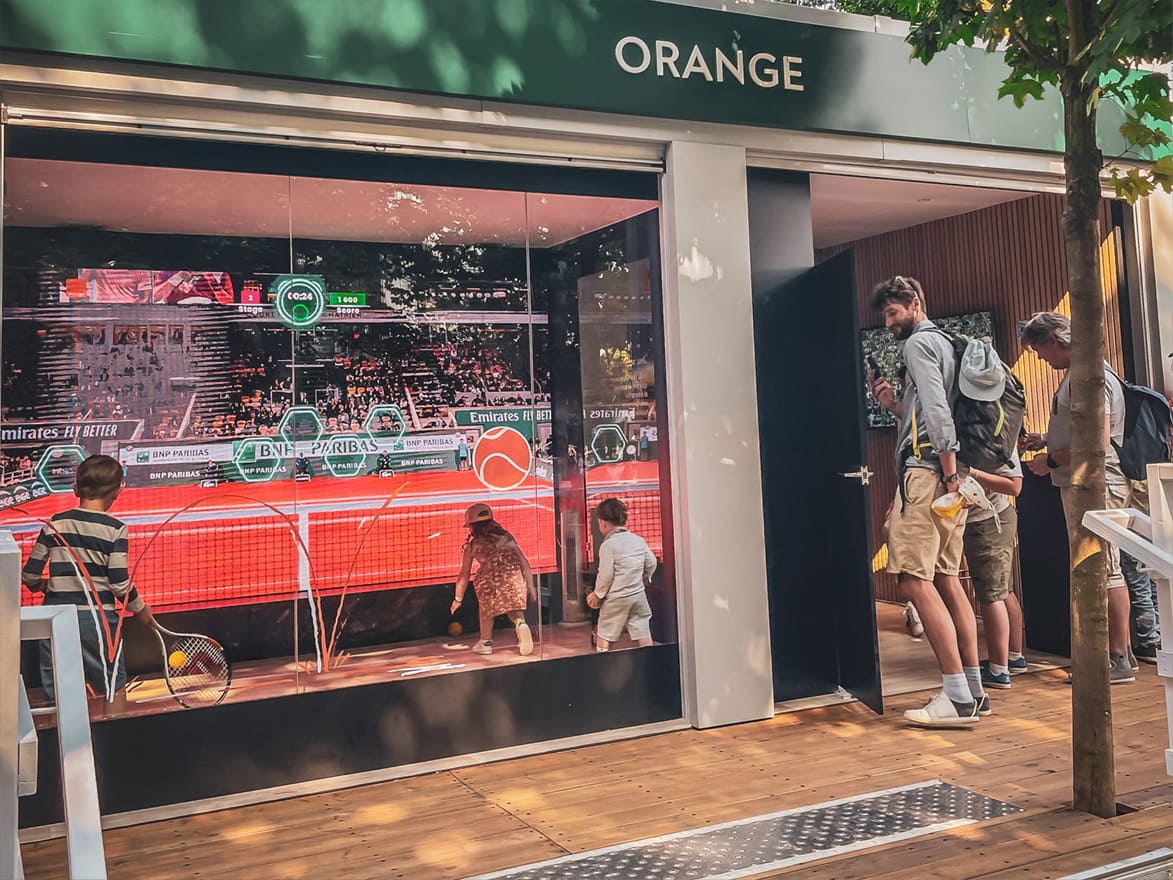
Conclusion
Gamification transforms sport into a fun and engaging experience. By integrating interactive technologies, gyms, leisure facilities and sporting events can boost participants' motivation and involvement. Whether for personal training or group activities, gamification is an essential lever for boosting physical activity.
DISCOVER OUR INSTALLATIONS AT GAMES INTERACTIVE GAMES
Other posts
From Pong to the modern gaming era. Interactive games and interactive walls have come a long way from their humble beginnings. ...
How is gamification revolutionizing education? Discover strategies that boost engagement and retention. Learn how to implement them effectively
Educational technologies stimulate access to knowledge, but where do they stand between pedagogical progress and attentional drift?




